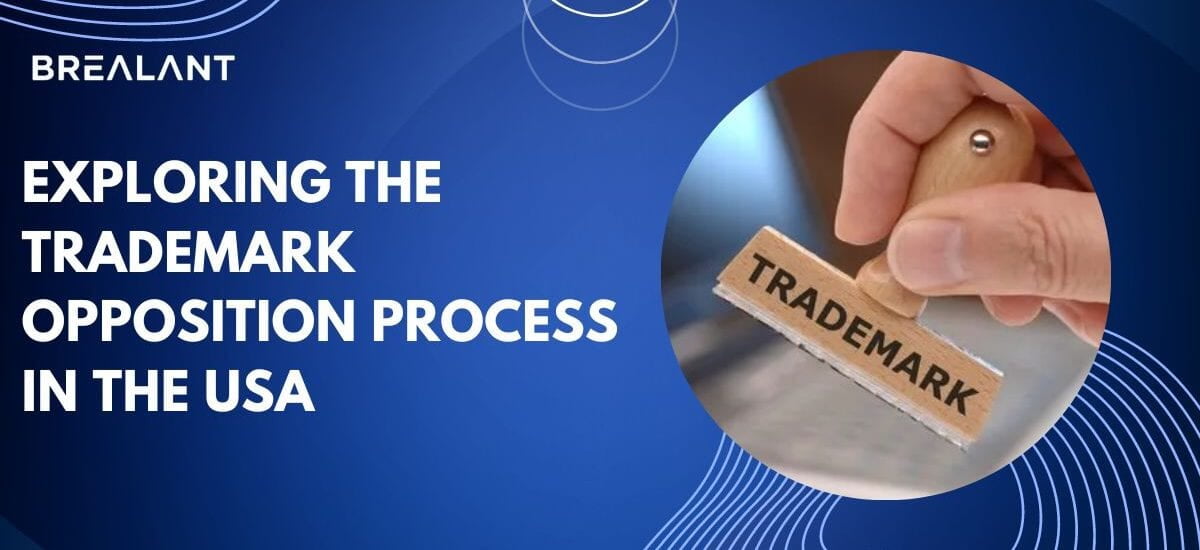
A trademark opposition process allows a trademark owner to oppose the registration of a competing mark. The opponents typically contact the owner to discuss potential concerns with the mark. If there are no objections, the owner can then proceed with registering the mark. If there are objections, legal proceedings will be commenced. Trademark opposition in the USA is a legal process that allows businesses to challenge other businesses’ trademarks in the United States. Trademark opponents must provide evidence that the contested mark is likely to cause confusion among consumers. If the trademark opponent can prove this, the trademark will be canceled or withdrawn.
Businesses must exercise due diligence when registering their trademarks in order to protect their intellectual property. Proactively defending against trademark challenges throughout the U.S. Patent and Trademark Office (USPTO) process is essential for protecting your marks from unauthorized use and possible brand dilution.
If you are planning to file an opposition to a trademark in the United States, it is important to understand the process involved. This article provides an overview of the US trademark opposition process, including steps involved in filing a formal complaint and rebutting evidence provided by your opponent. Before beginning any trademark opposition proceedings, it is important to understand your rights and obligations. By exploring the Trademark Opposition Process in the USA, you can make sure that your interests are protected during this process.
What is the trademark opposition process in the USA?
A trademark opposition is a process pursuant to state law that allows an individual or company that has an allegedly infringed trademark to file a cease-and-desist letter request with the opponent. If the opponent fails to take adequate action to resolve the dispute, or if the complainant files a lawsuit based on the cease-and-desist letter, then either party may move for summary judgment.
The trademark opposition process is an important part of trademark management. It provides a means of resolving disputes without involving litigation, and it helps to ensure that trademarks are used properly. By understanding how this process works, you can protect your trademarks and avoid costly litigation.
The United States Patent and Trademark Office (USPTO) is responsible for protecting the intellectual property of businesses. When a business trademarks a name, logo, or product, it expects to have that trademark protected. However, when an opponent finds a trademark that the business may not have intended to be protected, this can create a bit of a legal challenge.
How do I know if I am dealing with an opposition that I can overcome?
Opposition is simply any legal procedure by which one party objects to the granting of a trademark registration. There are different types of opposition, but all begin with filing an application with the USPTO. If you are dealing with opposition, it is important to understand what it is and how to deal with it.
If you are involved in any intellectual property dispute, understanding opposition proceedings is essential. By understanding how the opposition works and recognizing the different types of opposition files that you may encounter, you can better prepare for and defend your trademark rights.
What is a US trademark opposition process and how do you go about opposing a trademark in the USA?
A trademark opposition process is used when someone wants to oppose the registration of a trademark with the US Patent and Trademark Office (USPTO). The property owner must demonstrate that they have rights to the mark, that the mark is not registered in their name, that it is not likely to deceive consumers, and that it isn’t being used by anyone else already. Opposition proceedings can take many months or even years to complete.
Those who want to oppose a trademark should be aware of the various steps they need to take. By following a proper opposition process, you can avoid prolonged legal battles and save money in the long run.
Every time a trademark application is submitted to the USPTO, an examining lawyer reviews it. If it is accepted, the trademark is then published for opposition. Every two weeks, approved trademarks are published, kicking off a thirty-day period during which anyone with a legitimate interest in the subject matter can challenge the trademark application.
Conclusion
A trademark application can take a long time to be approved. The US Trademark Opposition Process is a way for someone to challenge your trademark application before it is granted. It can be helpful to have an opposition process if you are not sure that your trademark application is valid.
If you are thinking about filing for a trademark, it is important to know about the Trademark Opposition Process in the USA. This process can help you to protect your intellectual property and ensure that your trademark application is approved. Guarantee the security of your intellectual property with the top intellectual property service provider i.e., Brealant TM. The company is well-renowned for its services in the IP domain. Get efficient advice from professionals, visit the official website, and know more about the portfolio of services offered.

